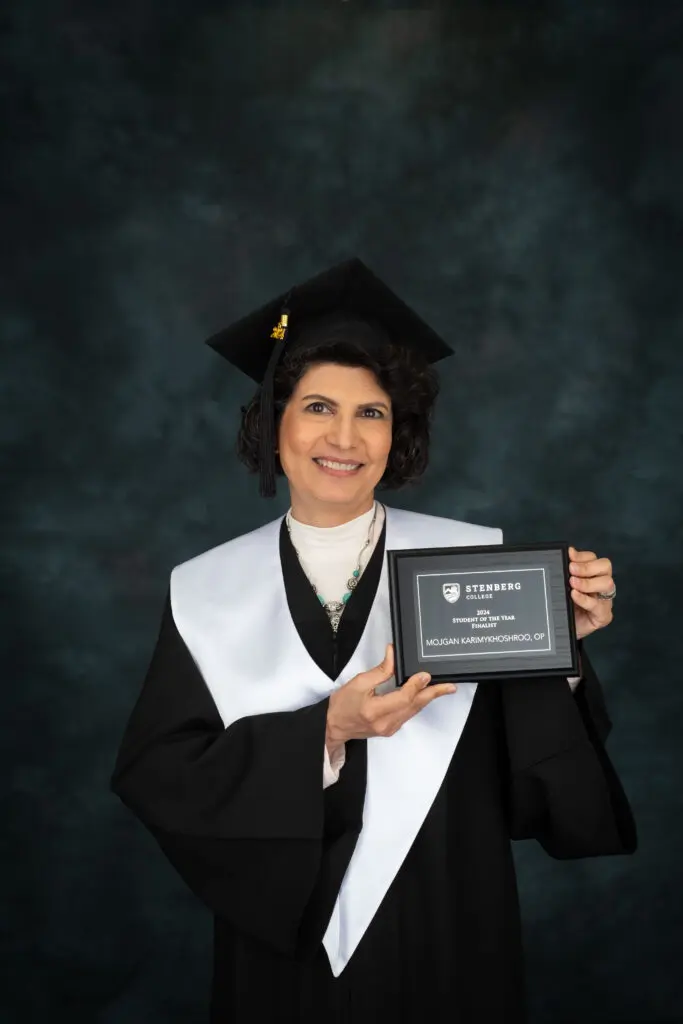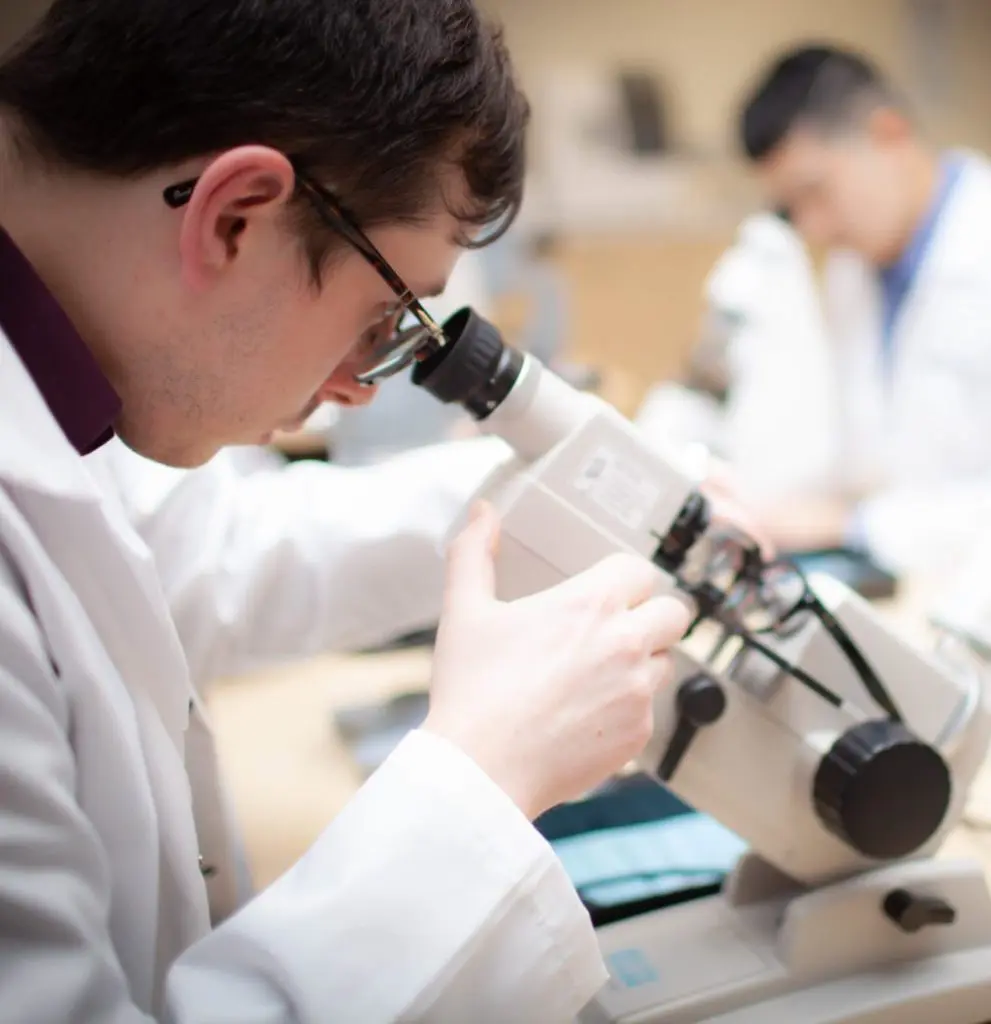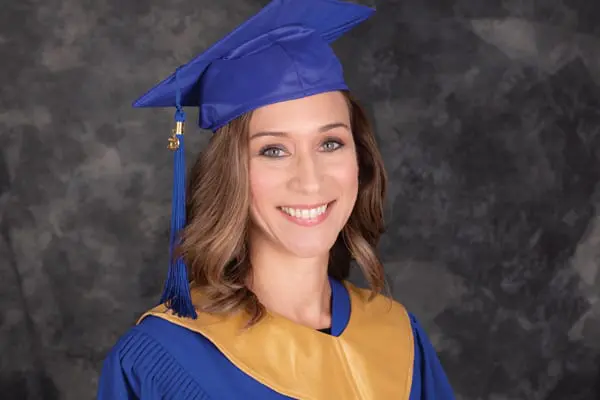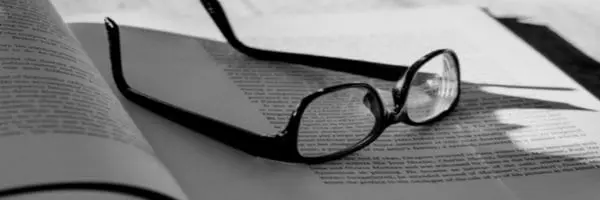Every day, our eyes work hard as they receive light, transmit that light into electronic signals, and send those signals along the optic nerve into the brain. While that might sound deceptively simple at first, trained dispensing opticians know that our eyes are anything but simple. In fact, the human eye is made up of approximately two million components, making it the most complicated organ after the brain!
Dispensing opticians work closely with our eyes to:
- interpret eyeglass and contact lens prescriptions
- help customers select frames and lenses
- fit contact lenses and teach customers about appropriate care and cleaning
To prepare them for a rewarding career in eye care, students enrolled in dispensing optician programs will learn about the human eye and how it works. They will also complete courses in optics, as well as the anatomy and physiology of the eye.
If you are planning to enroll in dispensing optician courses, or you have already started your training, read on for a quick guide to the anatomy of the human eye.
Dispensing Opticians Learn About the Different Parts of the Eye
The eye is made up of several components, each serving a different purpose. These include:
- cornea
- iris
- pupil
- lens
- retina
- optic nerve
- sclera
Some of these components, such as the white part of the eye known as the sclera, are easy to see when we look in the mirror. Other components, like the retina, are only visible to trained professionals who use specialised equipment.
Dispensing Opticians Learn how the Eye Absorbs and Processes Light
During their dispensing optician training, students will learn that when light reaches the eyes, the first structure that it hits is the cornea. Opticians know that the cornea is the clear layer that covers several important structures including the iris, the pupil and the lens. The cornea is responsible for focussing light and making images appear sharper.
The iris is the coloured part of the eye, and it controls how much light gets in through the pupil (the opening in the iris). It contracts and makes the pupil smaller when it’s bright outside, and opens up to let in more light when it’s dark. Both the iris and pupil help ensure that the eye receives enough light to be able to see properly, without letting in enough to cause harm or damage.
During their optician courses, students will learn that when light travels through the pupil, it passes through the lens. The lens helps focus the light onto the retina, where it is absorbed by light-sensitive cells.
The retina is packed with millions of photoreceptors. Experts know that there are two types of photoreceptors in the retina, these include rods and cones. While rods help our eyes determine shapes and shades like black and white, cones help detect colour. Together, they help capture a complex image and turn it into an electrical signal. That electrical signal travels along the optic nerve to the brain, where it is then interpreted as the images we see every day.
Are you interested in becoming a dispensing optician technician? Visit Stenberg College for more information or to speak with an advisor.










